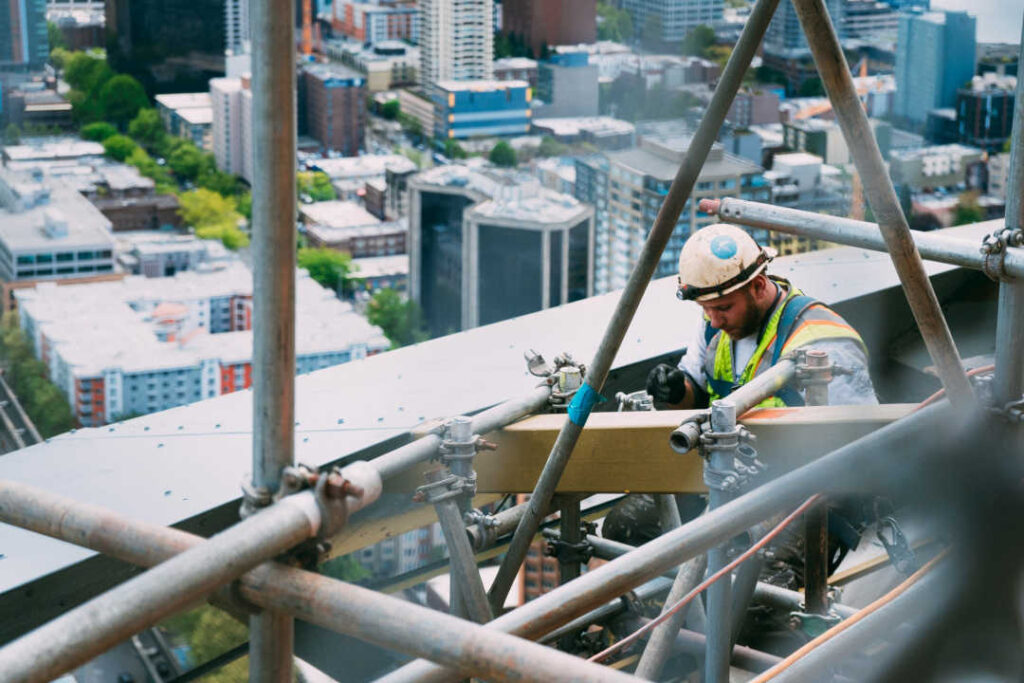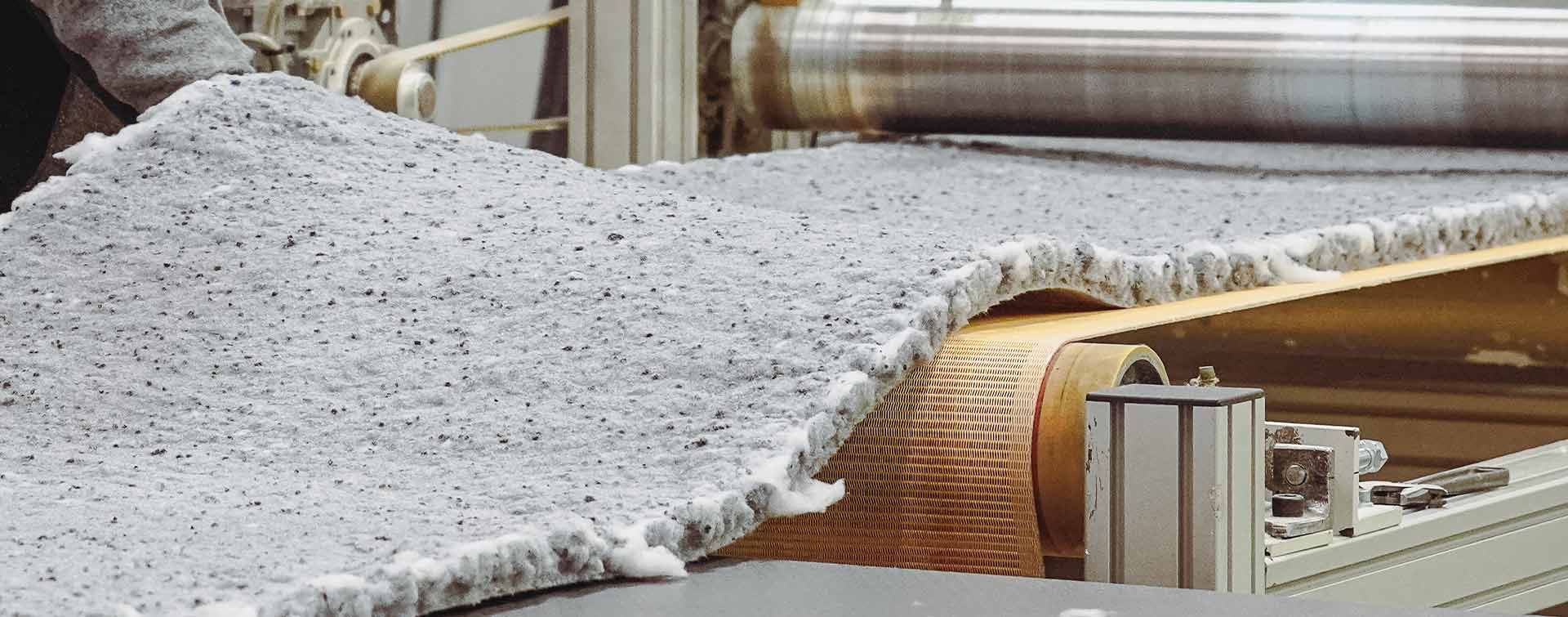 2 min
2 min
It is a race against time: the urgency to address climate change is pushing the construction sector to act fast. The problem: less than 1% of newly constructed buildings have accurate data on carbon emissions[1]. But how can we improve what we can’t clearly measure? The task is Herculean; construction’s footprint comprises a myriad of parameters.
Gather and Share
Only the dissemination of objective information can allow more sustainable solutions to become the new standard. This is precisely the ambition of the carbon databases that have been flourishing for several years. Take for example Inies in France, Ökobaudat in Germany, Ecoinvent in Switzerland and, more recently, the Built Environment Carbon Database (BECD) launched in 2023 in the United Kingdom. These platforms, conceived by and for the industry’s key players, aim to collect and share all available information through an ever-expanding benchmark.
“The focal point of the research we’re doing is how to include carbon assessments into early design tools so that architects can get feedback early in design about their design choices,” underlines Catherine De Wolf, assistant professor of circular engineering for architecture at ETH Zurich. “When sufficient data exists, it helps us set a target to work towards,” confirms Anica Landreneau, global sustainable design director at the American architecture firm HOK.

The systemic cataloguing carbon databases offer not only supports architects in making more sustainable choices, but it also encourages product manufacturers to enact more rigorous environmental reporting and, by making all aspects of a building traceable, promote the circular reuse of materials that have not yet reached the end of their life cycles. The success of carbon databases depends, of course, on the industry’s willingness to openly share information and collaborate with a circular approach that benefits everyone.
[1] Alan Belfield, World Economic Forum, 20/01/2023.








